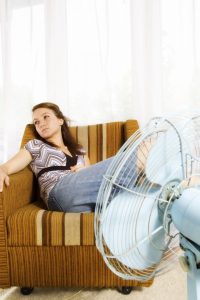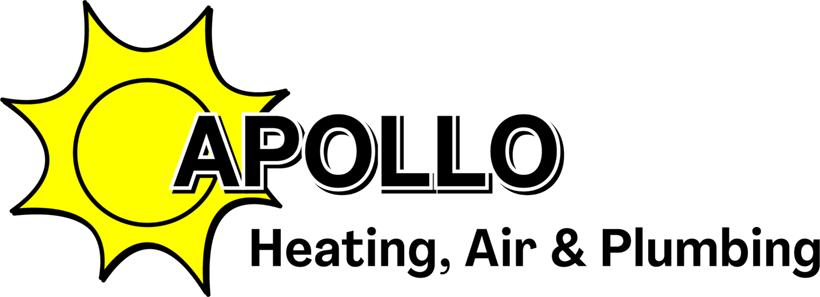
Exposing Hidden Cooling Deficits
Inadequate cooling and other temperature related problems are usually caused by one of the following conditions:
* Poor System Design: Unfortunately, many HVAC systems were not sized properly when originally installed. Every house has unique energy consumption characteristics that must be accounted for before the equipment is selected. Outdated “square feet per ton” formulas are inaccurate, and contractors often install oversized equipment to compensate. This can lead to short cycling, which will degrade indoor comfort and raise monthly utility costs. To correct the problem, a professional HVAC contractor can run a full set of load calculations to identify the correct unit tonnage required to properly cool your home. In some cases, the ductwork and equipment may need to be modified or replaced.
* Thermostats: The most common cause of substandard cooling relates to the thermostat. During the summer, it is important to make sure the unit is in the “cooling” mode and the temperature is set for an appropriate level of comfort. A thermostat setting higher than 78 degrees will probably not keep you comfortable. Newer smart thermostats monitor the system and can provide valuable performance data.
* Ductwork Problems: Ductwork is often overlooked as a primary source of inadequate cooling. Duct leaks allow conditioned air to escape into the attic or directly out of the building. Obstructions cause additional static pressure drop and degrade equipment performance. New technology allows the duct network to be cleared and completely sealed from the inside.
* Filters: Clogged and neglected filters decrease system airflow, which substantially lowers equipment performance. Insufficient airflow across the evaporator coil negatively impacts the heat transfer process, so the air entering your home is not as cool as it would normally be.
*Refrigerant Leaks: Air conditioner efficiency is dependent on maintaining the appropriate refrigeration charge. When a system is low on refrigerant, the thermal heat transfer process is less efficient, so the unit must work harder and longer to meet the indoor load. Adding refrigerant to a system without correcting the problem is costly and damaging to the environment.
* Compressor: A compressor failure renders the entire air conditioning system useless. The indoor blower may continue to operate, but the air entering your home will not be conditioned. If your outdoor condenser is buzzing or periodically surging as it attempts to engage, the unit has likely malfunctioned.
* Insulation: Over time, attic insulation begins to compress, which reduces the effective R-value of the system. Insulation relies on the creation of millions of tiny air pockets to limit the transfer of heat energy. If you have blown-in insulation that is over 10 years old, consider hiring a contractor to bring attic R-values back up to Department of Energy Standards.
* Windows: Glass can contribute to cooling issues by substantially increasing the total air conditioning load, especially if the exposure is west or east. Both single and dual pane windows are very inefficient, and many homeowner comfort complaints are directly tied to window placement. Low-e windows help mitigate the problem by adding a transparent layer of insulation to the interior of the window. Windows shades and insulated blinds will also help reduce the heat transfer.
* System Breakdown: If there is no practical explanation for insufficient cooling, a worn or stressed internal component may not be functioning properly. Most professional AC dealers employ NATE certified technicians trained to troubleshoot and service all major brands of air conditioning equipment.
How to Correct Cooling Deficiencies
The first step in correcting an air conditioning comfort issue is identifying the source of the problem. Most homeowners are capable of making a few simple adjustments to the system to help improve performance and lower operating costs. However, if the cooling deficit persists, it may become necessary to hire a qualified HVAC contractor to identify and correct the problem.


